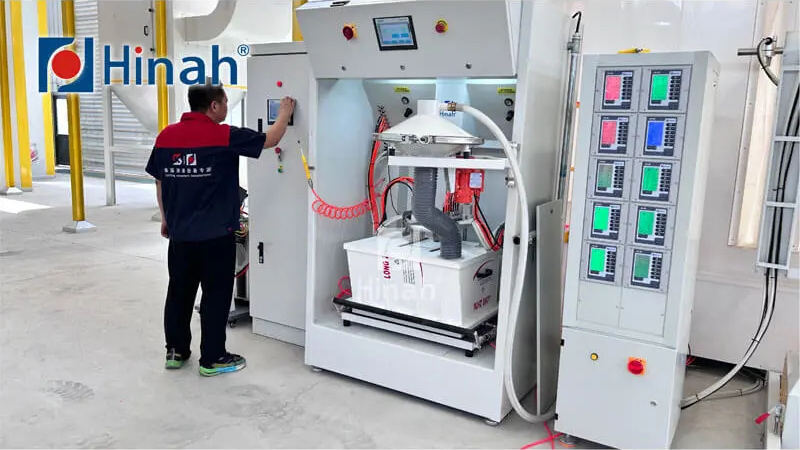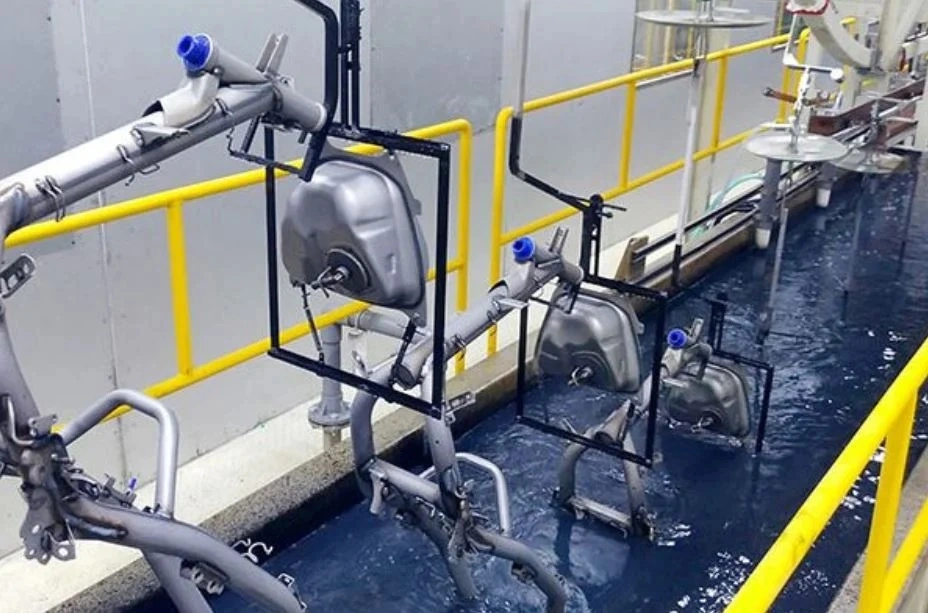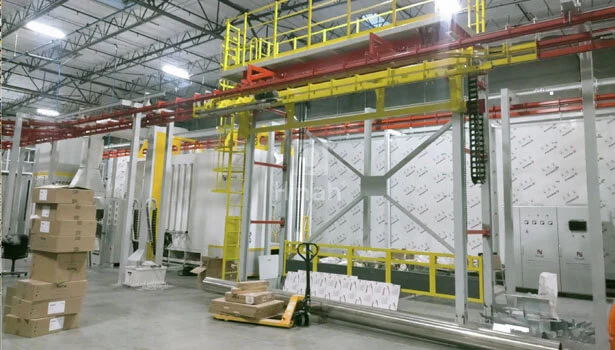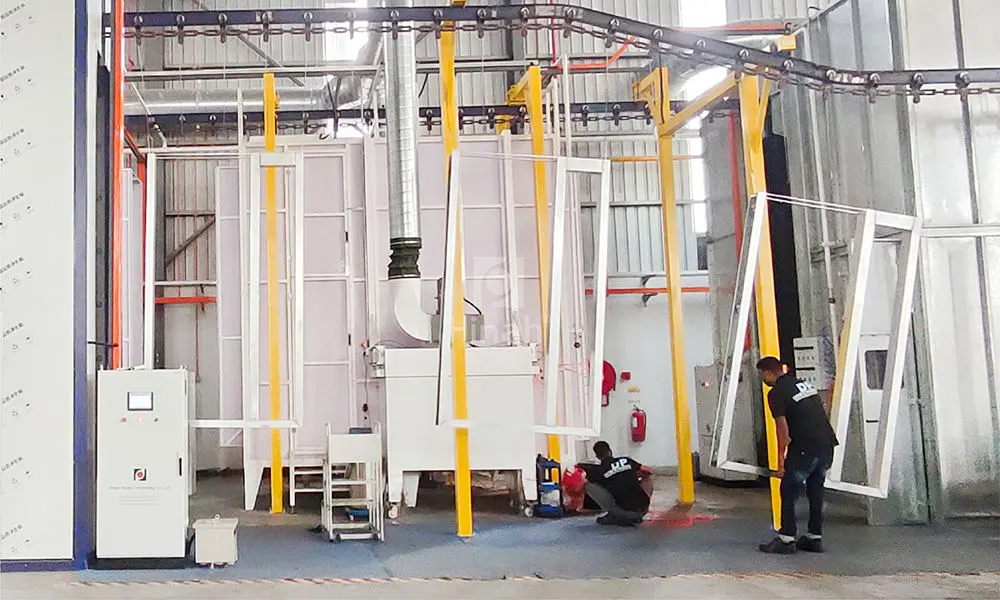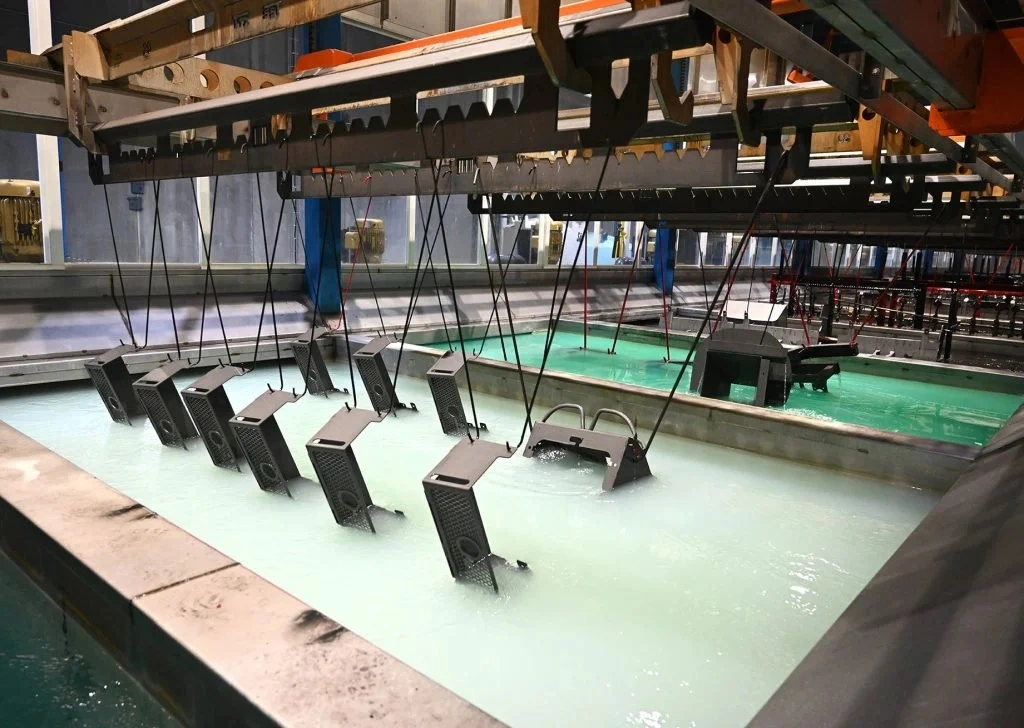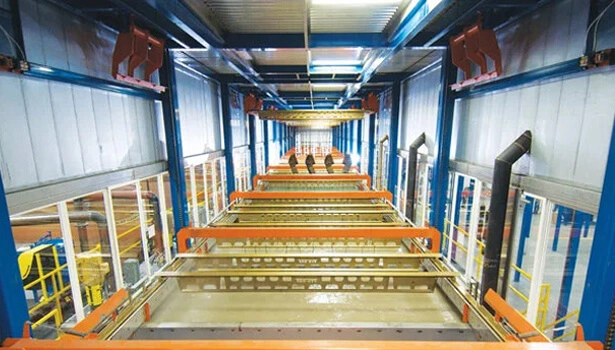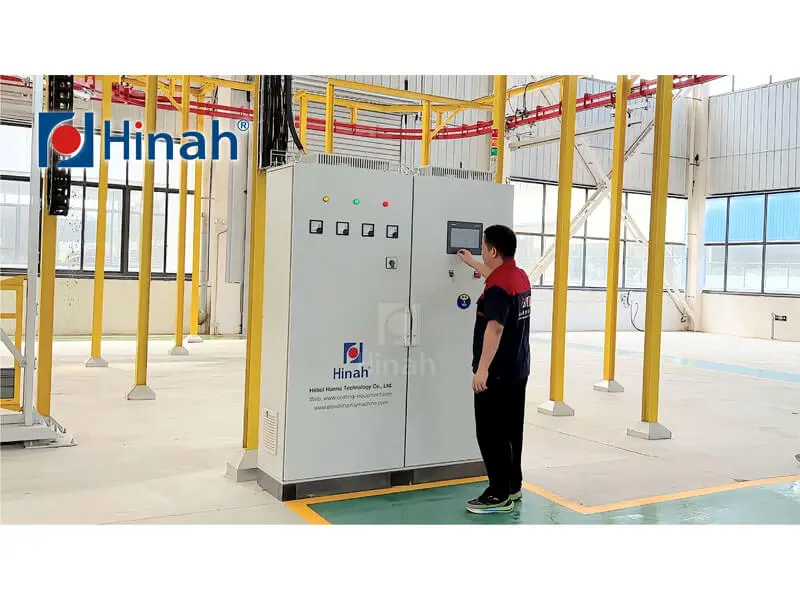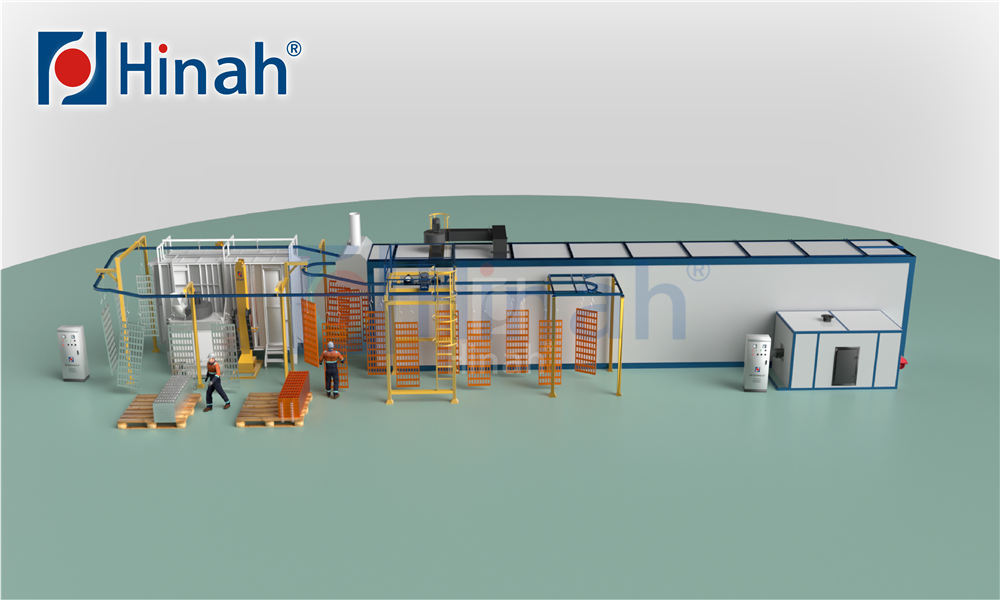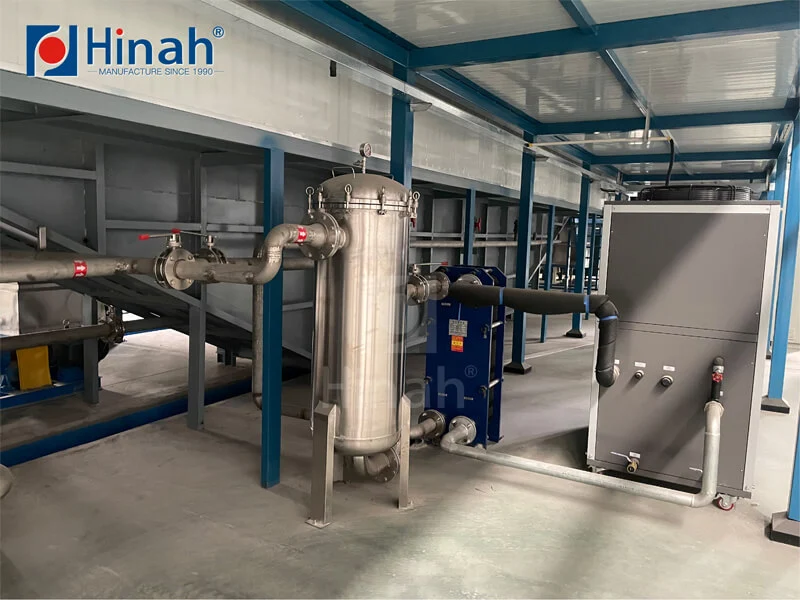Powder coating has revolutionized the metal finishing industry. This dry finishing process offers a durable, high-quality, and environmentally friendly alternative to traditional liquid paints. At the heart of any successful powder coating operation lies two critical pieces of equipment: the powder coating oven and spray booth. Together, they form the core of efficient powder coating systems, dictating the quality, durability, and appearance of the final product on metal substrates.
Understanding how these components work in harmony is essential for anyone involved in manufacturing, fabrication, or custom finishing. This article delves into the intricacies of these systems, from the initial spray application to the final curing stage, and highlights common challenges to avoid.
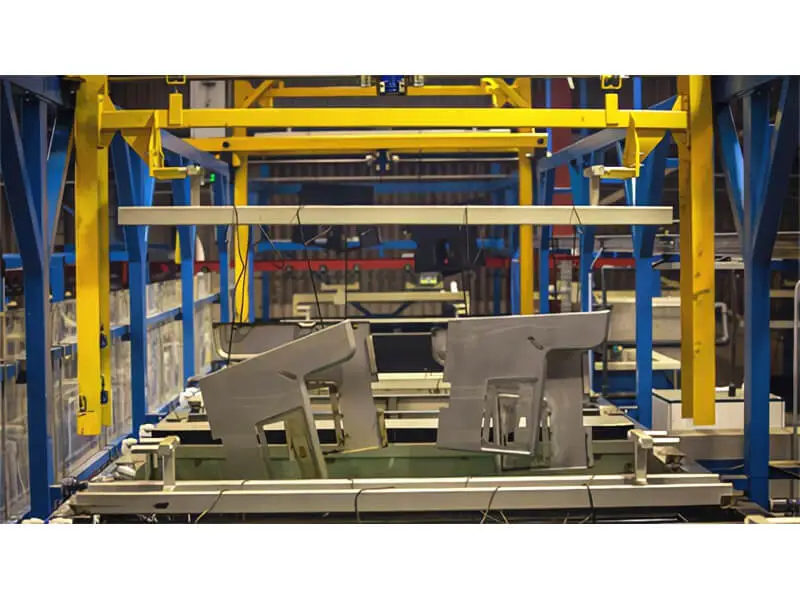
The Heart of the Operation: Understanding the Powder Coating Booth
The powder coating booth is where the magic begins. It is a controlled environment designed to contain the application process, maximize powder efficiency, and ensure operator safety. A well-designed booth is crucial for achieving a uniform, high-quality finish while minimizing waste.
There are several types of booths, including open-face, downdraft, and crossdraft configurations. Downdraft booths are often preferred for high-quality finishes because they pull air and overspray downward, away from the part, resulting in a cleaner application environment. The key components of a typical powder coating booth include:
Enclosure: Constructed from durable panels, it contains the powder.
Air Replacement System: Provides a steady, clean flow of air into the booth.
Filtration System: Captures overspray powder. Modern systems use cartridge filters for high efficiency.
Powder Recovery System: This system collects the overspray powder from the filters and feeds it back to the applicator for reuse, significantly increasing transfer efficiency, which can exceed 95%.
Exhaust Fan: Maintains negative pressure inside the booth, ensuring no powder escapes into the surrounding facility.
The effectiveness of the powder coating booth directly impacts material costs and finish quality. A poor booth design leads to excessive powder waste, contamination, and an uneven finish.
Building for Success: Key Considerations for a Powder Coating Oven Build
While the booth applies the powder, the powder coating oven is responsible for transforming it. The oven's job is to heat the metal part to a specific temperature for a precise amount of time, melting the powder into a smooth film and then triggering the chemical cross-linking reaction that gives powder coating its legendary durability. A proper powder coating oven build is a significant investment and requires careful planning.
Several factors must be considered when building or selecting an oven:
Heating Method: Ovens can be electric, gas (natural or propane), or infrared. Electric ovens are clean and easy to control but can be expensive to operate. Gas ovens have lower operating costs and are better for larger parts and high-volume production. Infrared ovens offer rapid curing times by heating the part directly rather than the air.
Air Flow and Circulation: Proper airflow is non-negotiable. Fans must circulate heated air evenly throughout the oven to eliminate hot and cold spots. Uneven heating leads to incomplete curing in some areas and burning in others.
Insulation: High-quality insulation is critical for energy efficiency. It reduces heat loss, lowers operating costs, and helps maintain a consistent internal temperature.
Size and Configuration: The oven must be large enough to accommodate your largest parts, with sufficient space for air to circulate around them. Common configurations include batch ovens (for smaller shops) and conveyorized ovens (for production lines).
Controls: Precise digital controls are essential for maintaining the exact time and temperature profile required by the powder manufacturer.
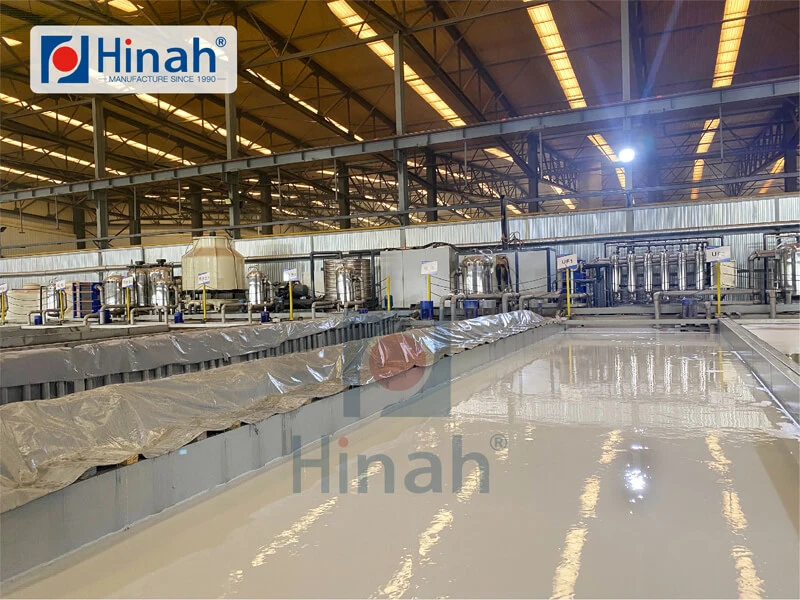
The Perfect Canvas: The Process of Powder Coating on Metal
The entire purpose of the powder coating oven and spray booth is to apply a finish to a substrate, and metal is the most common candidate. However, the success of powder coating on metal is heavily dependent on one crucial, often underestimated step: pretreatment.
Powder coating on metal is not a simple matter of spray and bake. The process involves a meticulous sequence:
Cleaning and Pretreatment: The metal part must be utterly free of oil, grease, dirt, rust, and mill scale. This is typically achieved through a multi-stage process involving chemical washing, rinsing, and, most importantly, a phosphate or chromate conversion coating. This pretreatment etches the metal surface, providing a superior bond for the powder and dramatically enhancing corrosion resistance.
Drying: After pretreatment, the part must be completely dry before powder application. Any moisture will cause defects.
Application: The part is grounded, and the powder is sprayed using an electrostatic gun. The gun gives the powder particles a positive electric charge, which attracts them to the grounded metal part, ensuring even coverage, even on complex shapes.
Curing: The coated part is transferred to the powder coating oven. Here, it is heated to a temperature typically between 300°F and 450°F (149°C - 232°C) for 10-20 minutes. The powder melts, flows out into a smooth film, and then cures into its final hardened state.
Skipping or rushing the cleaning and pretreatment phase is the most common reason for coating failure. A flawless finish starts with a perfectly prepared surface.
Integrating the Workflow: Components of Complete Powder Coating Systems
A standalone powder coating booth and powder coating oven are powerful, but their true potential is realized when integrated into a complete, streamlined system. Modern powder coating systems are designed to move parts efficiently from pretreatment to application and finally to curing, maximizing productivity and consistency.
A full powder coating system typically includes:
Pretreatment Stage: Washer stages with spray tunnels or immersion tanks.
Drying Oven: A smaller oven to thoroughly dry parts after pretreatment.
Cooling Zone: Allows parts to cool after drying but before powder application.
Powder Spray Booth: With integrated recovery and recycling.
Curing Oven: Sized appropriately for production volume.
Material Handling: This can be simple overhead racks or a fully automated conveyor system that moves parts through each stage without manual intervention.
Investing in integrated powder coating systems reduces labor, improves workflow, minimizes handling damage, and ensures a repeatable, high-quality finish on every part.
Navigating Challenges: Common Problems with Powder Coating Oven and Spray Booth
Even with the best equipment, issues can arise. Understanding these common problems can help operators troubleshoot and maintain high-quality output.
Common Spray Booth Problems:
Poor Powder Recovery: This leads to wasted material and can cause the powder feed to the applicator to become inconsistent. Often caused by clogged filters or issues with the recovery pump.
Orange Peel: A textured finish that resembles the skin of an orange. Usually caused by incorrect gun settings (voltage, air pressure), improper film thickness, or the powder not flowing correctly during cure.
Back Ionization: Occurs when the applied powder layer becomes too thick and electrically insulates the part. Subsequent powder is repelled, causing a rough, starry appearance. Solved by applying thinner coats.
Contamination: Dirt, oil, or old powder in the booth or on the part can become trapped in the finish, creating bumps or pits.
Common Curing Oven Problems:
Incomplete Cure: The powder is soft, gummy, and lacks durability. Caused by the oven temperature being too low, the cure time being too short, or poor air circulation creating cold spots.
Overcuring: The finish becomes brittle, may discolor (yellowing), and lose its gloss. Caused by excessive temperature or time in the oven.
Blistering or Bubbling: Can occur if the part is not properly cleaned and preheated, trapping moisture or solvents that vaporize during curing. Can also be caused by heating the part too rapidly.
Inconsistent Results: Often traced back to inaccurate oven thermostats or a lack of data. Using a temperature probe and data logger to track the actual metal temperature of a part throughout the cure cycle is the best way to verify oven performance and establish a reliable recipe.
The synergy between a well-designed powder coating oven and spray booth is the foundation of a successful finishing operation. From the precise application within the powder coating booth to the transformative heat of a properly engineered powder coating oven build, each element plays a vital role. By understanding the complete process of powder coating on metal, investing in integrated powder coating systems, and being vigilant about common pitfalls, businesses can achieve a superior finish that combines aesthetic appeal with unmatched durability and protection. Whether you're setting up a new shop or optimizing an existing one, prioritizing these core components will ensure quality and efficiency for years to come.


